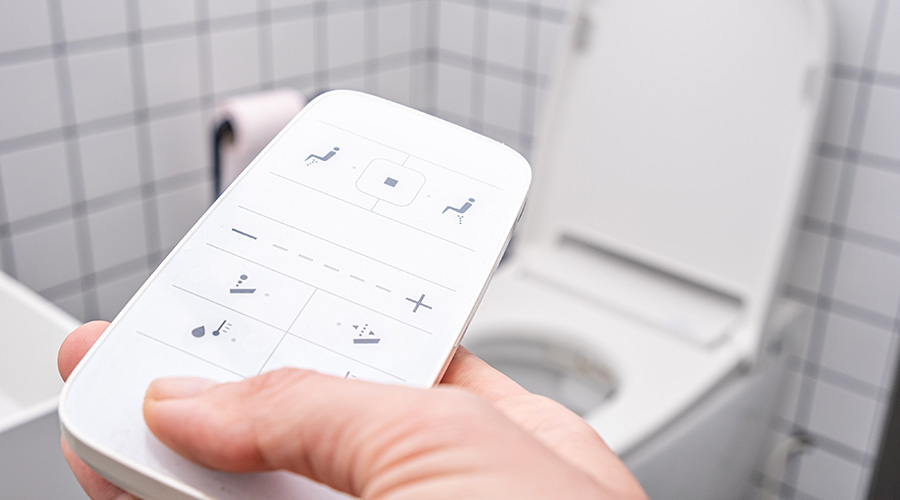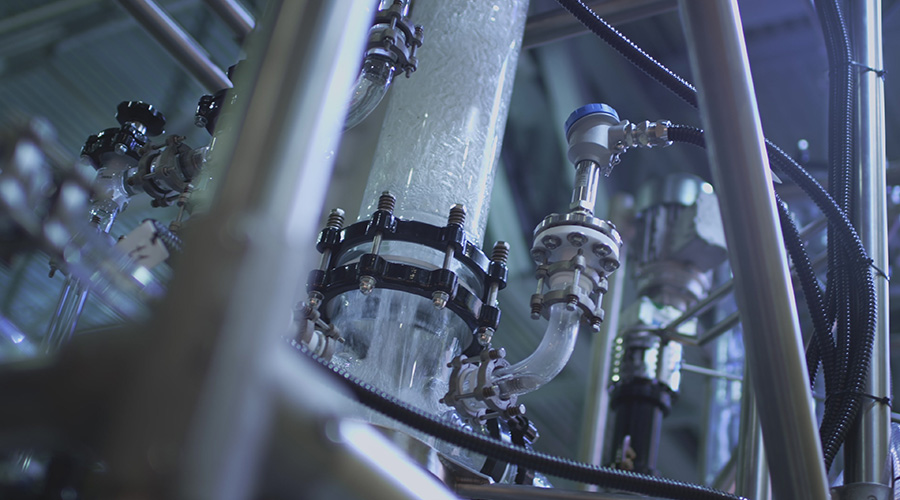Optimizing Smart Restrooms: Power, Connectivity, and Budget Insights
Smart restrooms offer significant benefits but present challenges with power demands, connectivity, and costs that require careful planning and innovative solutions.
While smart restrooms offer multiple benefits, equipping restrooms with smart components can prompt a few challenges. Devices using Bluetooth or Wi-Fi connectivity can require a great deal of electrical energy, McLennan says.
While these devices can be powered by alkaline or lithium batteries, the increased power consumption often means the batteries need to be replaced frequently. AC mains or low-voltage AC power can eliminate this concern, but installing a hardwire power source is often difficult or expensive. Energy harvesting faucets or flush valves that collect power from ambient light or water flow are common and can help extend battery life and reduce maintenance frequency.
When devices installed in smart restrooms are wirelessly connected, signal strength and connectivity need to be considered. One possible solution is to use long-range wireless communication methods, such as LoRa or LTE. LoRa is awireless modulation techniquethat encodes information on radio waves using chirp pulses, similar to the way dolphins and bats communicate. LTE, sometimes referred to as4G LTE, stands for Long Term Evolution and is a standard for wireless data transmission.
Wireless connectivity should be engineered to account for the number of devices connected to the network, the distance between devices, the location of wireless gateways, and how to integrate them with a BMS system, McLennan says.
Even with wireless devices, some degree of wiring is generally required, Hunt says. For example, when connecting a device to a BMS, numerous wires typically will run either from a central location to the BMS or individually from the products to the BMS.
“There's always some sort of wired element somewhere in the system, at least today,” Hunt says.
When retrofitting smart devices, it’s also critical to ensure compatibility with the existing infrastructure.
“Working to upgrade the existing infrastructure can be challenging,” Alagappan says.
When commissioning products and connecting devices to a BMS, it’s important to know the connections are accurate.
“That's a whole separate skillset,” Hunt says. For example, Faucet 1 in Restroom A should line up with its location in the BMS schematic.
On the bright side, while connecting devices to a BMS requires some knowledge, it isn’t a new concept, Hunt says. Many facilities and other teams have connected HVAC, lighting and other systems, and can apply their experience to restroom devices. Of course, even once smart devices are up and running, it’s not enough just to collect the data. To provide value, it needs to be used to improve operations.
Impact on budgets
Smart products tend to be somewhat more expensive than their equivalent manual versions, McClennan says. Smart restroom products that are cloud-connected also typically require a monthly or yearly subscription fee for storing and analyzing device data, he says.
With careful planning, at least some of the higher upfront costs can be offset by lower labor, maintenance, and operating expenses. In addition, products that detect and issue alerts for water leaks can often reduce insurance premiums for building owners, McLennan says.
The data a smart restroom system collects also can generate value in new ways. For example, because people tend to make beverage purchases after using the restroom, stadiums might consider restroom occupancy data when deciding where to place mobile beverage carts, Alagappan says.
Capturing earlier insight on maintenance issues can sometimes improve operations and boost revenue. For instance, a non-operational faucet could render a hospital room temporarily unusable, Hunt says. By speedily identifying and fixing the malfunctioning faucet, it may be possible to return the room to operation more quickly.
The data collected may also help facilities minimize wasted water due to leaks or other malfunctions.
“Though water is cheap, it is a resource that is becoming scarcer,” Alagappan says.
Smart restrooms promise to provide added convenience and benefits for both users and facilities managers, Alagappan says. As with any rapidly changing technology, facilities professionals will want to check support, network security, changing communication protocols, and the risk of obsolescence.
Karen Kroll is a freelance writer based in the Twin Cities in Minnesota.
Related Topics:













